Summary
- Teamwork is crucial in D&D for success or failure. Encourage players to work together.
- Throw your team into a tough boss fight to test teamwork under stress. Set high stakes.
- Using puzzles, shared backstories, and downtime activities can help bond a D&D team.
One thing that is the crux of a good session, or even a good campaign, of Dungeons & Dragons is teamwork. It’s a far cry from those solo tabletop RPGs in the way that the work of not only you, but the other players, is the key to success or failure for your party.
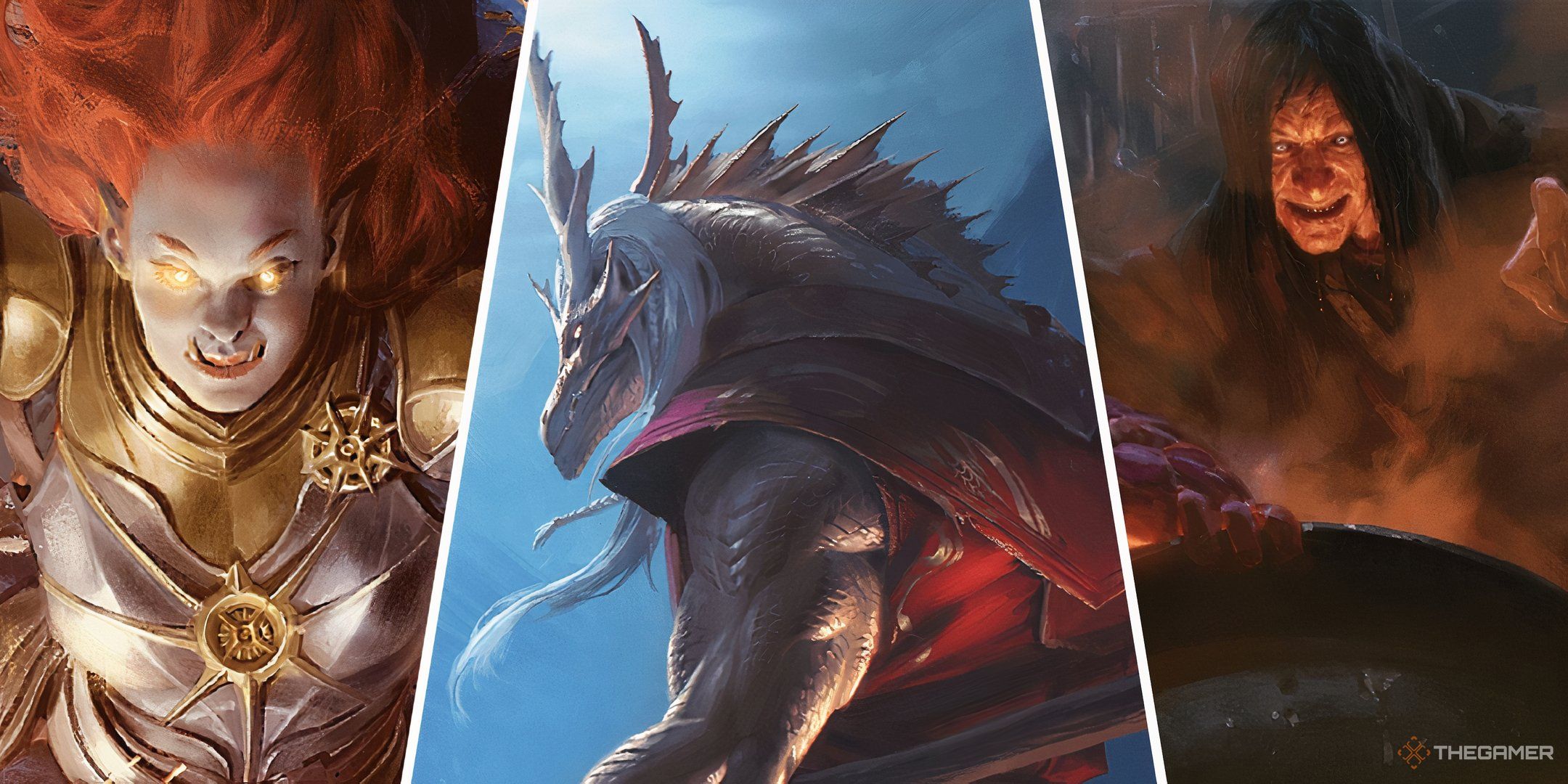
Related
Dungeons & Dragons: Alignment Explained
Learn everything about alignment in this Dungeons & Dragons guide.
As a DM, it can be difficult to get some players working together, even when they are friends. In a game so open-ended, there can be a lot of ways to approach a problem. It can help to schedule some things into the plot of your game to help build a repertoire and healthy teamwork between your players. Activities like these might be the key to making fewer arguments appear later down the road.
1
Fighting A Boss
The Big Guns
The classic challenge at the end of a campaign or an arc. Sometimes it’s better to throw your team into the fire and see what happens. The key to forming a good team under the stress of a boss fight is to set the stakes.
It also helps to have them fight a few low-level creatures far before this, as one would before fighting a major campaign boss. Either way, it’s nice to make sure your players know that this fight isn’t your everyday tussle; they’ll need to work as a team to survive.
You can even fudge the difficulty, allowing your players to succeed the more they work as a team.
2
Solving A Puzzle
Using Those Brains
Another classic D&D challenge, puzzles are a great way to give a universal problem for your characters to solve. They’re less stressful (usually) than combat can be, and allow for more creativity when it comes to problem-solving.
The best way to do this is to find a good puzzle that will take the full repertoire of a party’s skills to solve. To compound this, you can pull out the puzzle in a dungeon, especially one with a key item or plot point on the other side of it.
3
Building A Base
A Place To Call Home
There are a few things that aren’t major to the plot but can be a really fun experience in D&D, and one of those is building a base for your team. Whether it’s just a simple inn they call home or a fortress for the deadliest adventurers in the world, it takes time to build a bastion for your team to rest.
This can last as short or as long as you wish, but if you want your players to really bond during it, leaving it more open-ended can help a lot. Let them pick anything from location, type, decoration, even what rooms are what, and have them make a place where they can all interact together.
4
Session Zero
Coming Together
While there are times during the adventure to become a team, it doesn’t hurt to start them early. Session Zeros are great for letting your party get to know one another, their characters, and the setting itself.
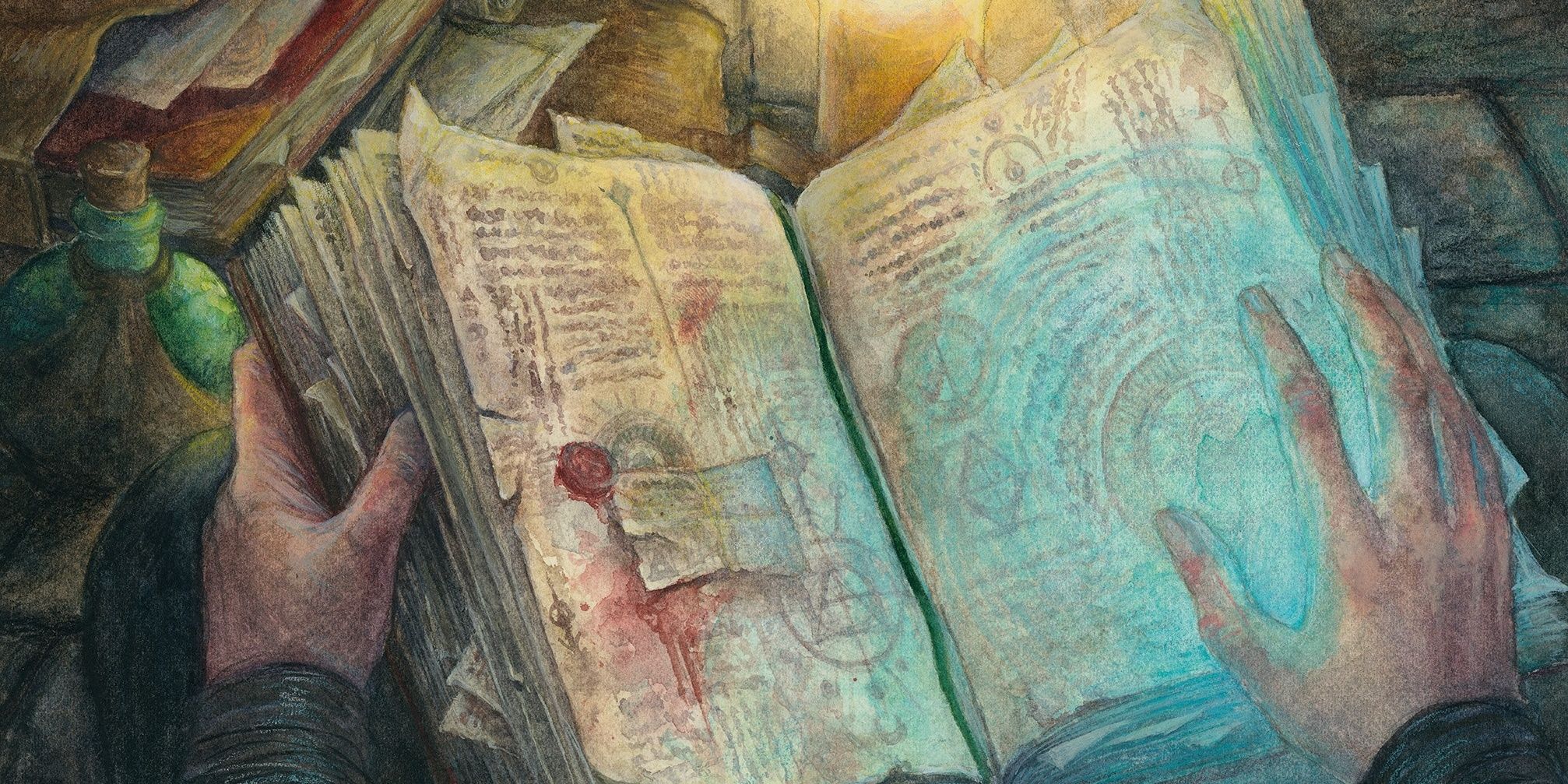
Related
Dungeons & Dragons: 9 Things To Do During Session Zero
Here are some great ideas for you to cover in session zero of your D&D campaign.
Session Zero’s don’t have to look any certain way, as long as you are setting up the world and what everyone wants their D&D experience to look like. This is a great time to allow characters to introduce each other and players to talk about their experiences making their characters, bonding as they do so.
5
A Difficult Conversation
A Silver Tongue
Not everything that can be team-building has to be life or death. Something as simple as roleplaying a conversation can be a chance for your party to learn to work together. The possibilities with this one are nearly endless.
Talking to royalty, acquiring info for a quest, taking down a bandit leader, getting a guide to help them travel; nearly any conversation with an NPC can be a time for teamwork. Make sure to let everyone have a chance, or at least help boost the odds with their own skills.
6
Team Downtime
Some Rest And Relaxation
The time between adventures can be an important part of any long-term adventure with the same party. Downtime can mean a lot of things to your characters, but it can pay off not to fast-forward through some of the slow moments.
Things like training arcs, relaxation, travel time, and anything else that isn’t high-energy can be counted as downtime. Take the time to have your characters describe what they will be doing during these times, especially if they are inclined to spend time with other characters.
A great way to do this is to allow characters to train others in skills. A Ranger can teach someone better archery, a Paladin can teach someone how to ritual cast a spell, etc.
7
Scouting An Area
What Dangers Await?
Something that more seasoned players do in D&D is scout areas, especially before jumping into combat. Whether it’s at a bandit camp or in the depths of the underdark, scouting out a new area can be a boon for your characters and allow them to grow as a team.
Each character should have their own ways to be beneficial when scouting out a new area. Classes like Rogue and Ranger are obvious, but give other players time and consideration for how they themselves can help the party gather information.
8
Shared Backstory Arcs
A Blast From The Past
One of the most interesting parts about making a character is how their backstory will interact with the plot of the adventure. These, often referred to as backstory arcs, are where certain characters get to unravel some of their personal conflicts with the help of the party.
In and of themselves, they are a great way to connect a person’s character to the rest of the team, especially if they can all form an idea to help a singular character out. But, to amplify this, if you can find a way to connect more than one character’s backstory together, you can influence their ability to work together greatly due to their shared bond.
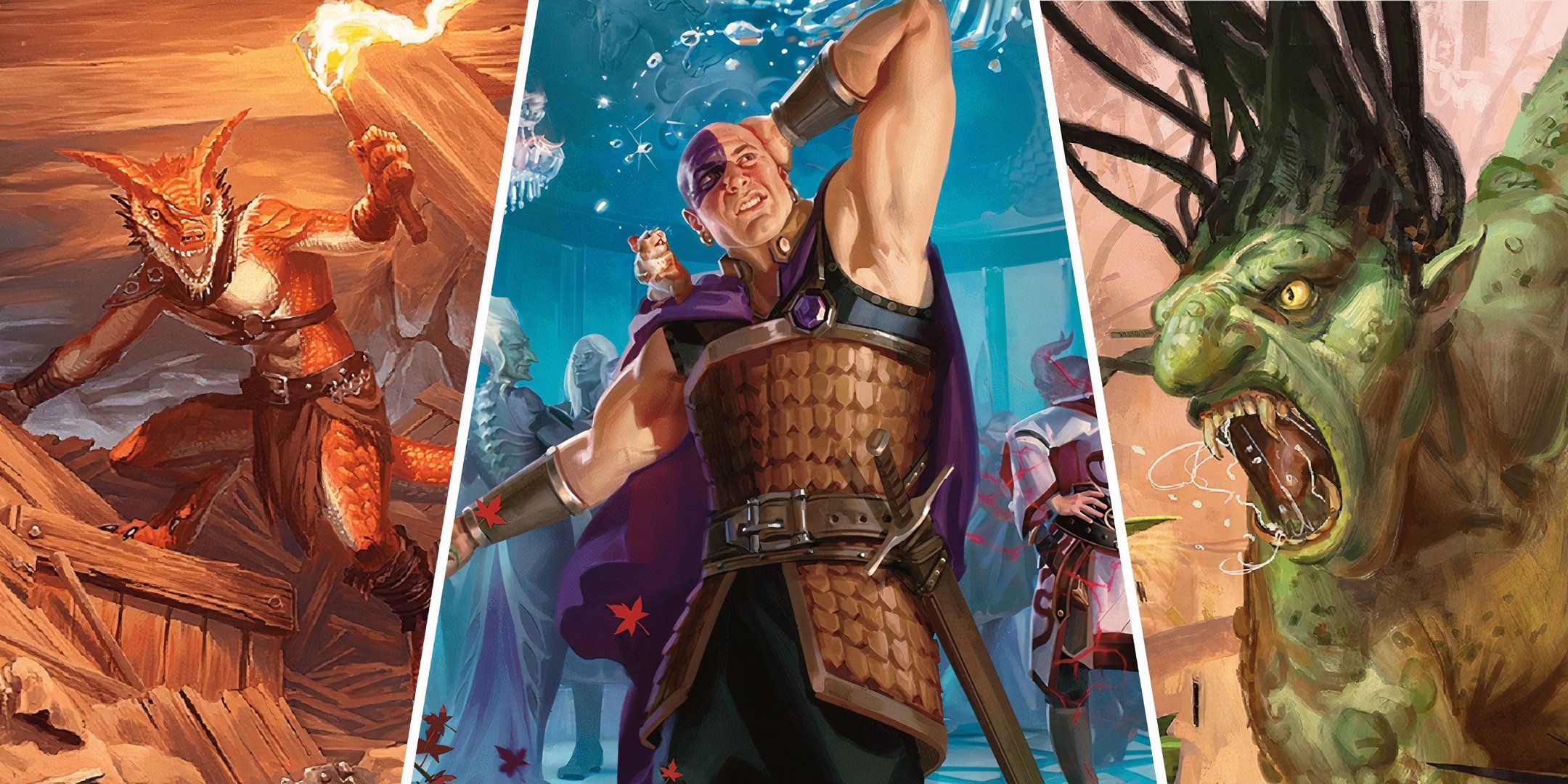
Next
Dungeons & Dragons: 8 Ways To Improve The Tone Of The Game
For when things get either too silly or too serious.
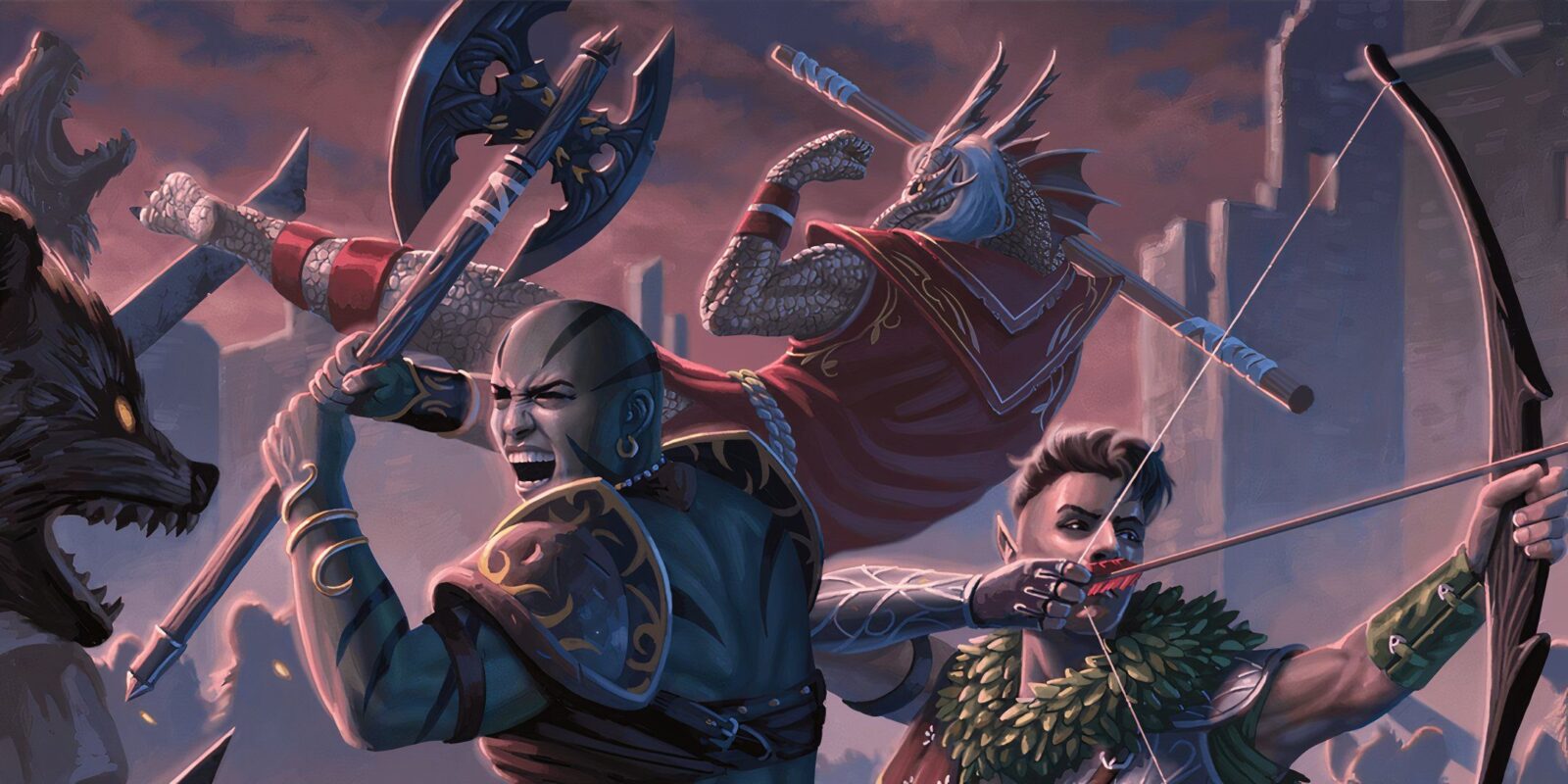
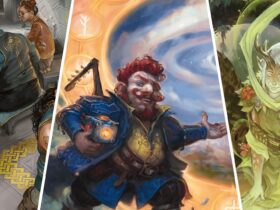
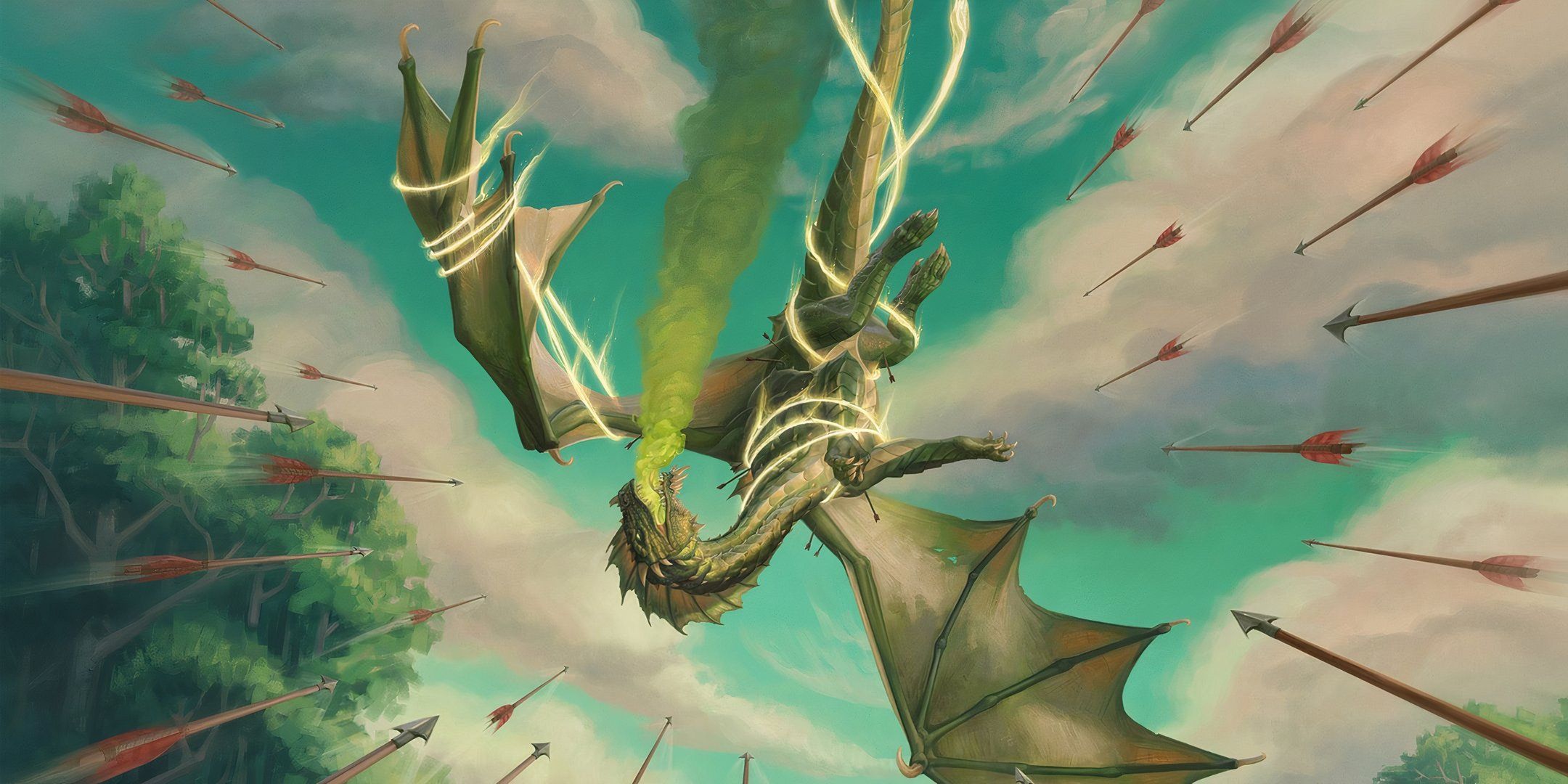
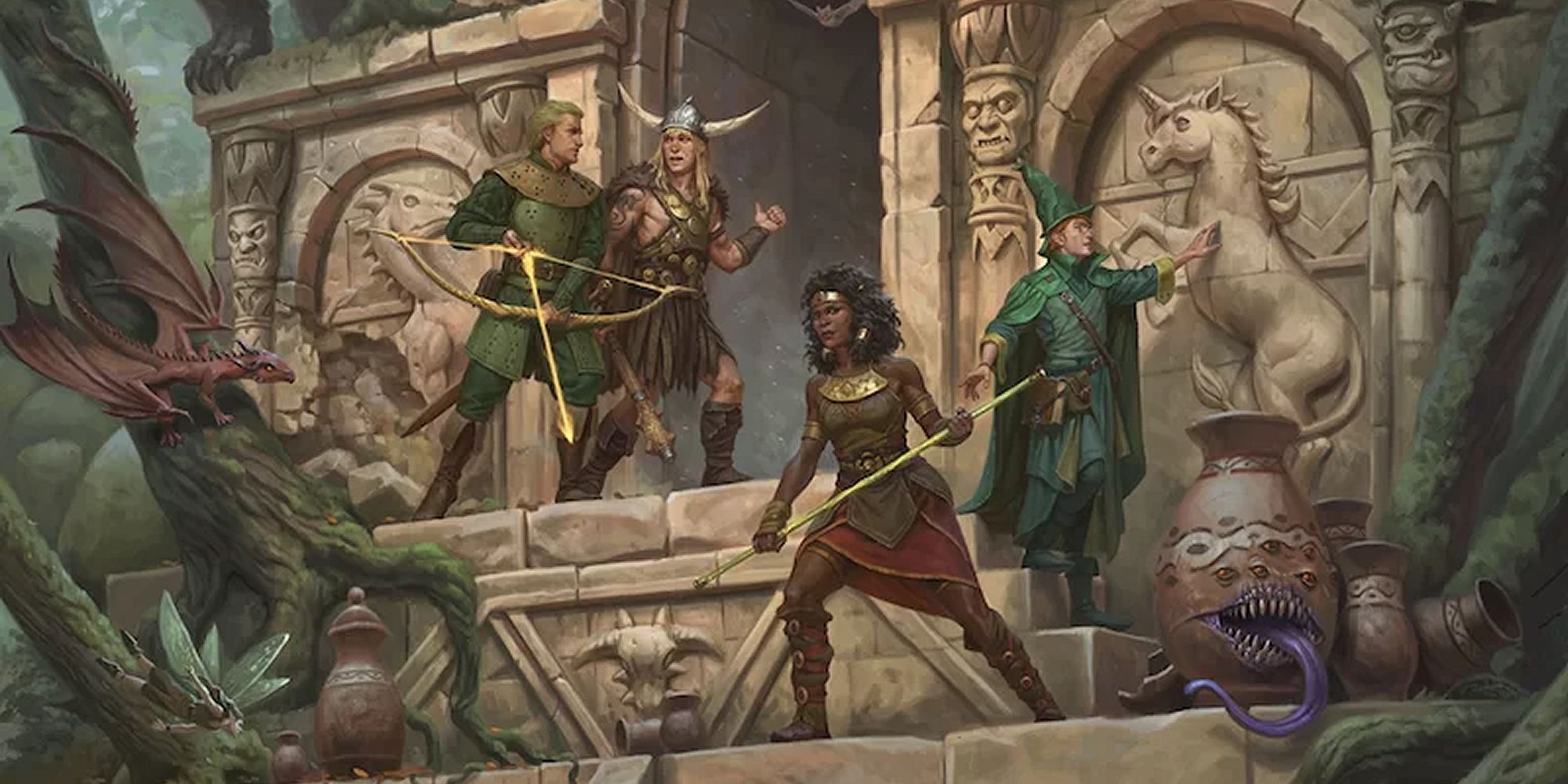
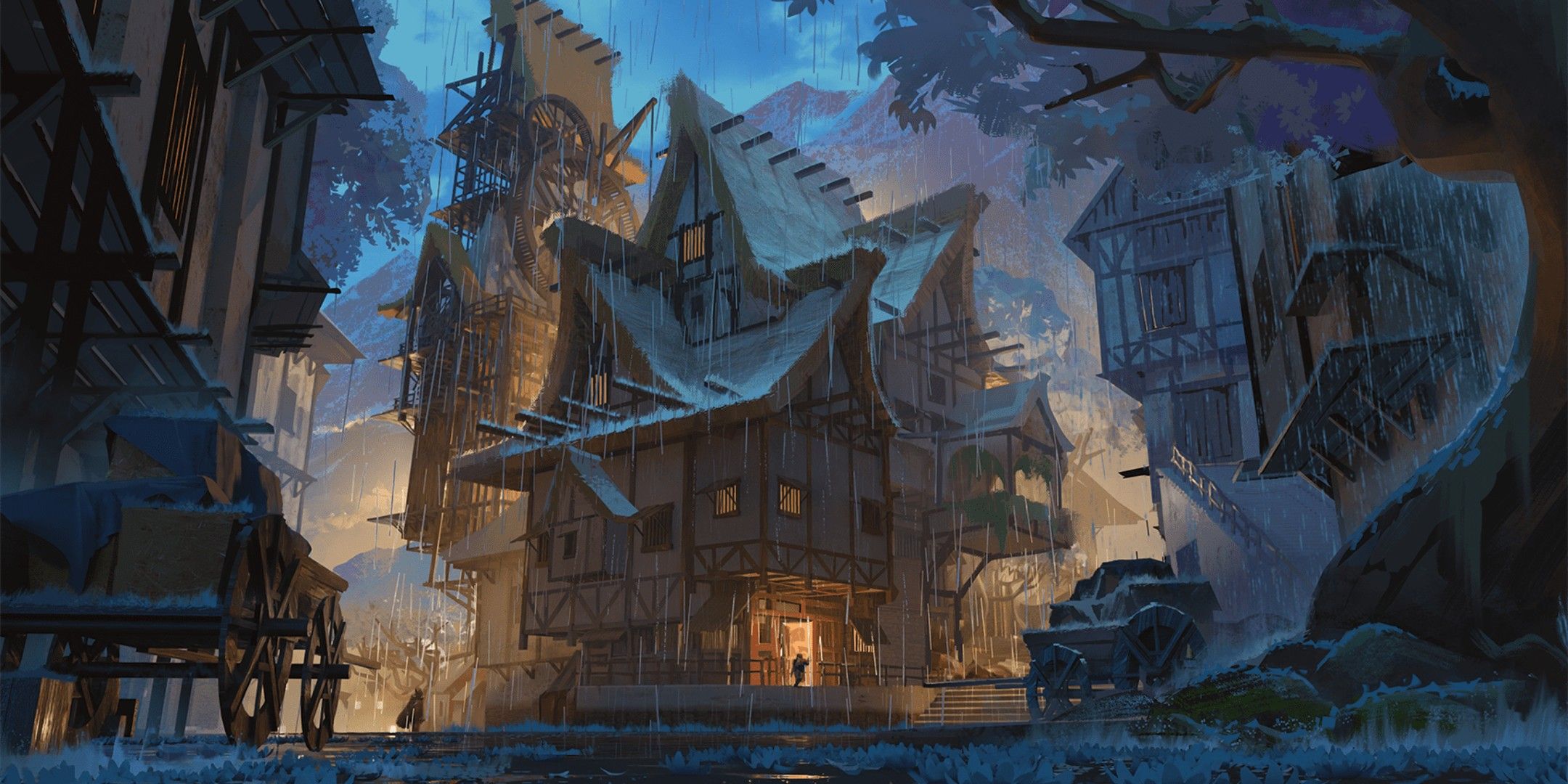


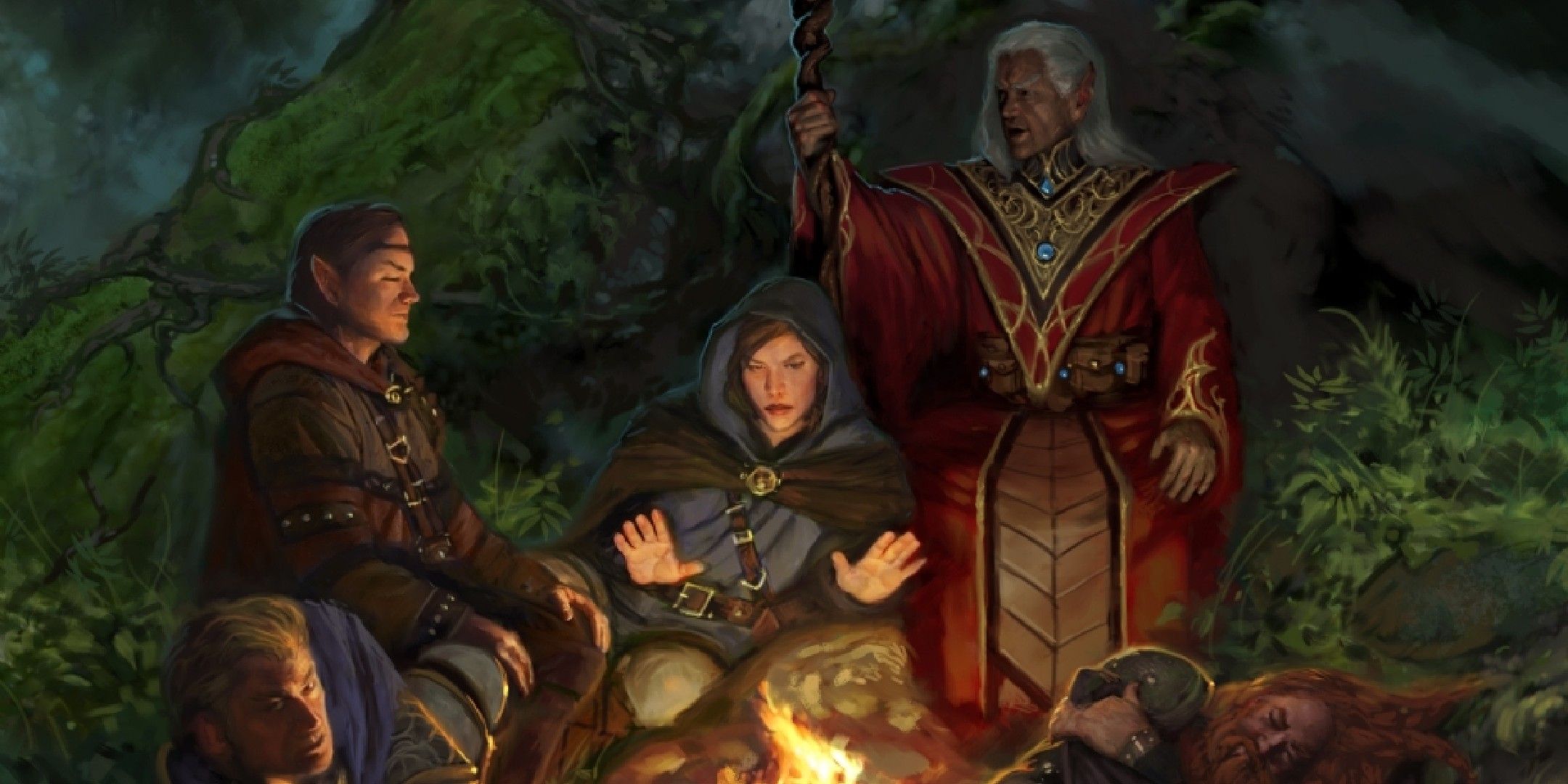
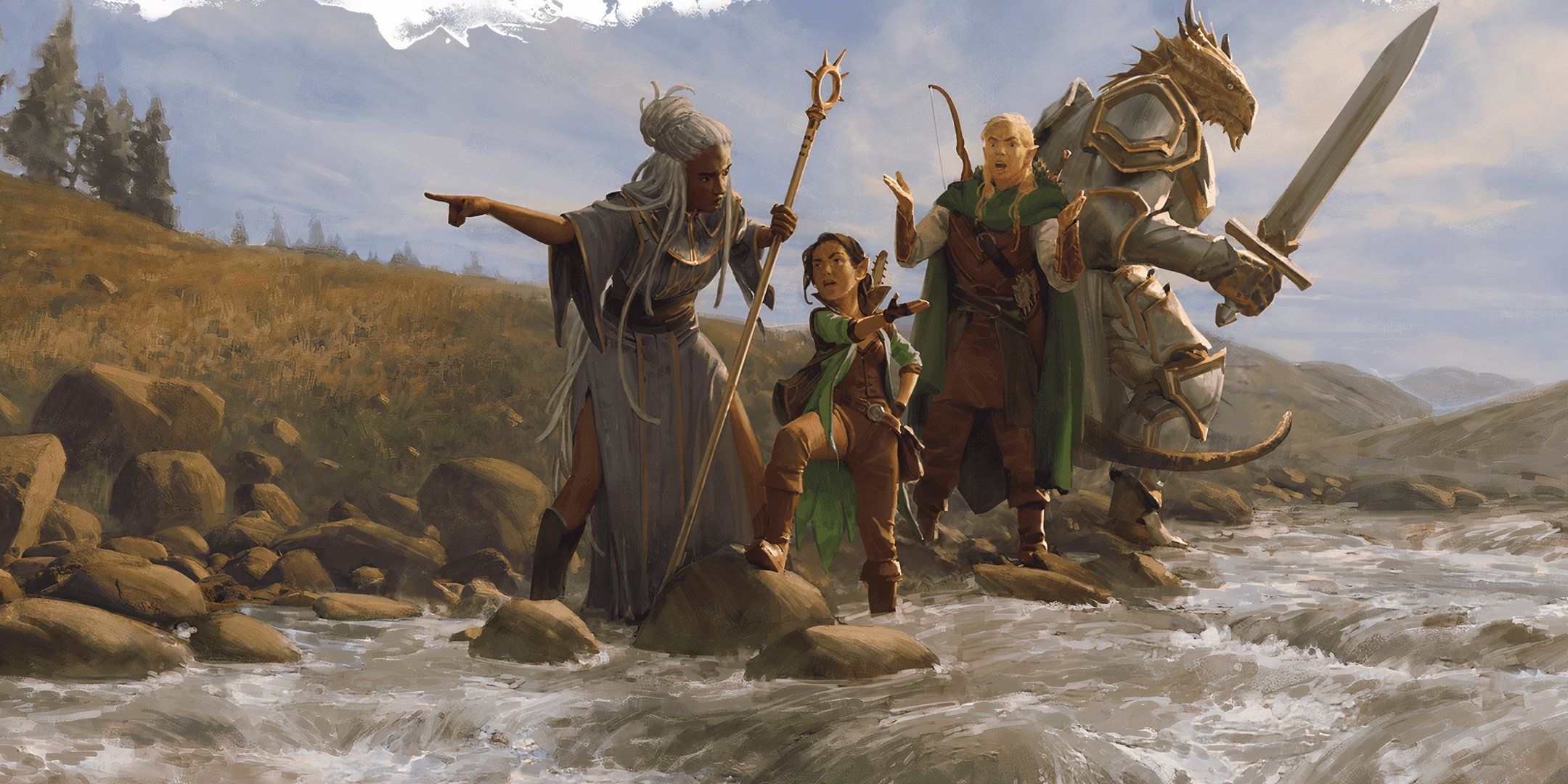
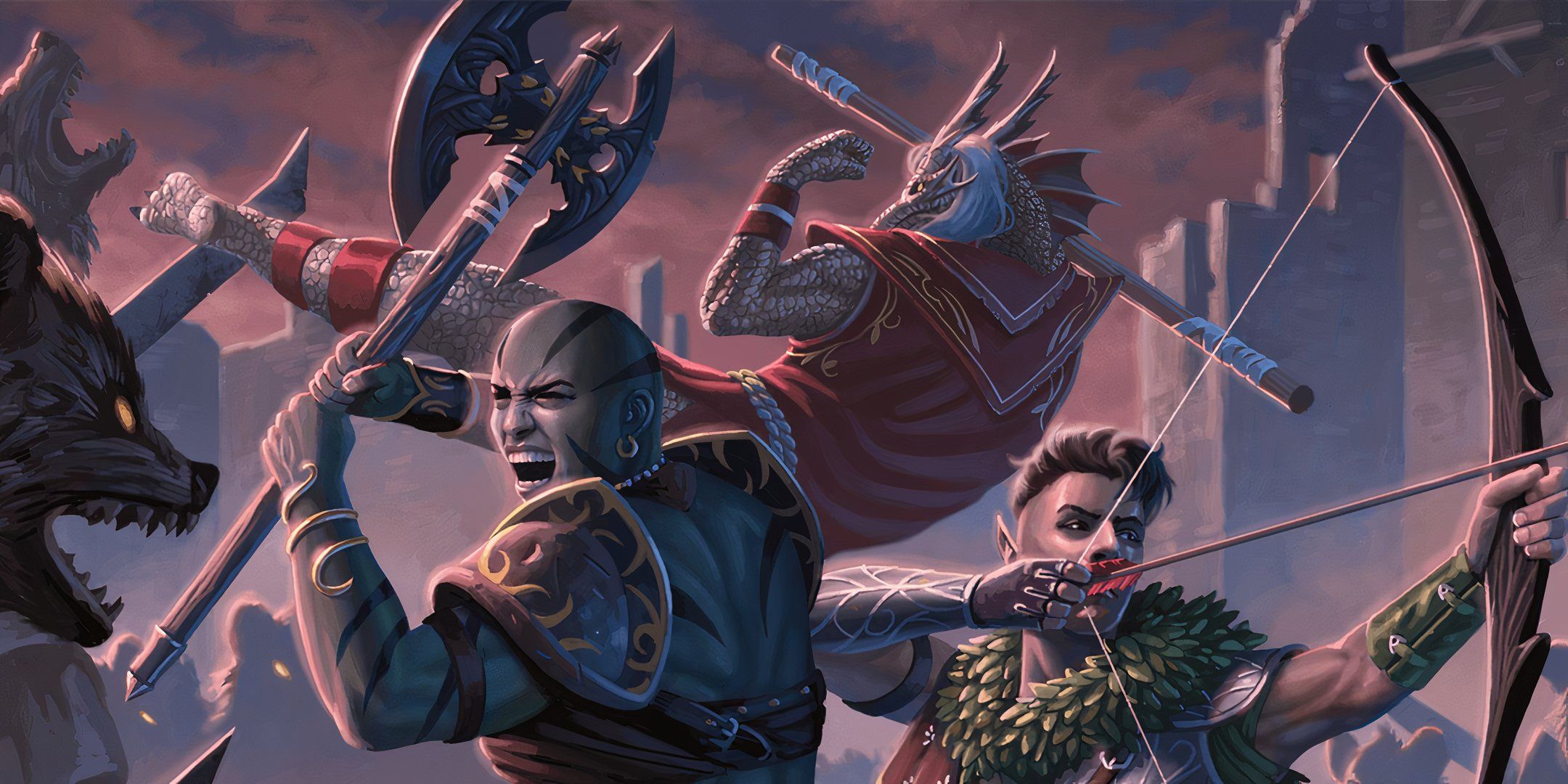

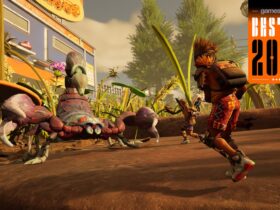
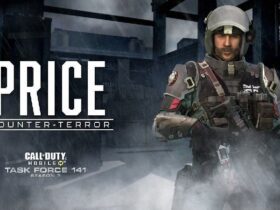

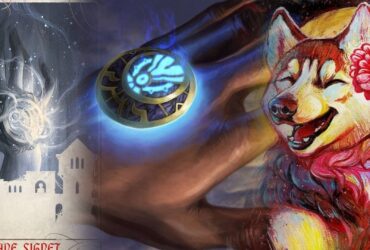
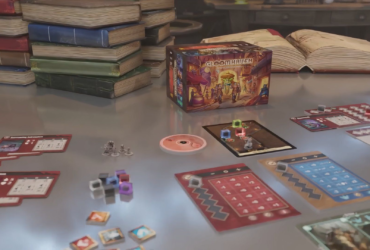
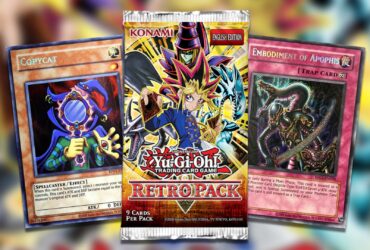

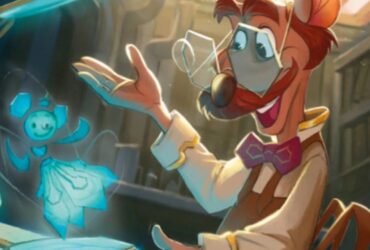
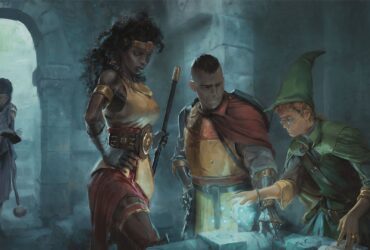
Leave a Reply